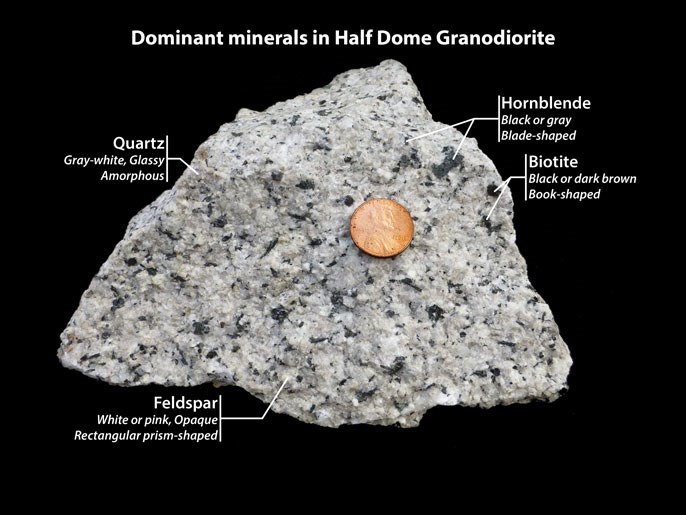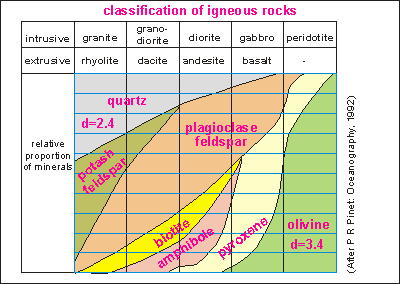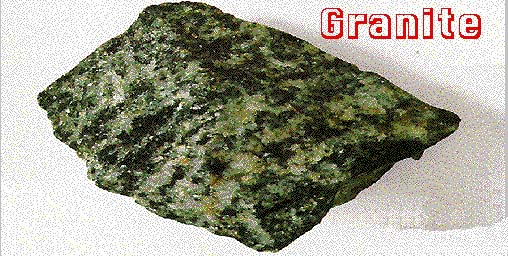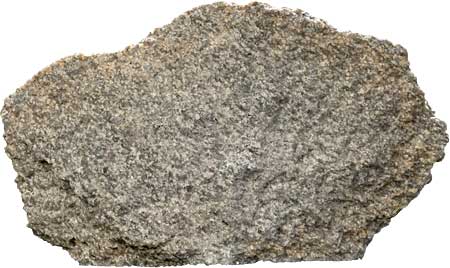The Igneous Rock Granite Silica Rich

However rhyolite forms as a result of a violent volcanic eruption while granite forms when magma solidifies beneath the earth s surface.
The igneous rock granite silica rich. Granite is an igneous intrusive rock crystallized at depth with felsic composition rich in silica and predominately quartz plus potassium rich feldspar plus sodium rich plagioclase and phaneritic subeuhedral texture minerals are visible to the unaided eye and commonly some of them retain original crystallographic shapes. Granite is composed mainly of quartz and feldspar with minor amounts of mica amphiboles and other minerals this mineral composition usually gives granite a red pink gray or white color with dark mineral. Rhyolite is an extrusive silica rich igneous rock. Derived from the words feldspar and silica to describe an igneous rock having abundant light colored minerals such as quartz feldspars or muscovite.
Its three main minerals are feldspar quartz and mica which occur as silvery muscovite or dark biotite or both. Felsic igneous rocks are rich in silica in the 65 75 range meaning the rock would be 65 75 weight percent sio 2 and poor in iron and magnesium. It forms from the slow crystallization of magma below earth s surface. Rhyolite has a similar composition and appearance to granite.
Granite is the most common intrusive rock in earth s continental crust it is familiar as a mottled pink white gray and black ornamental stone it is coarse to medium grained.














































